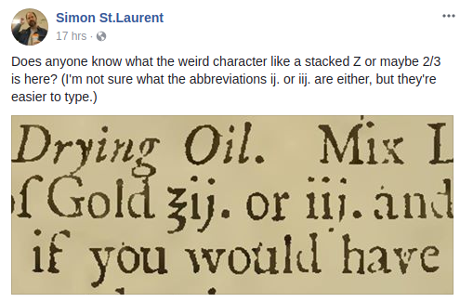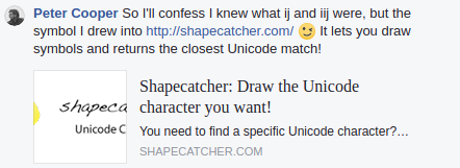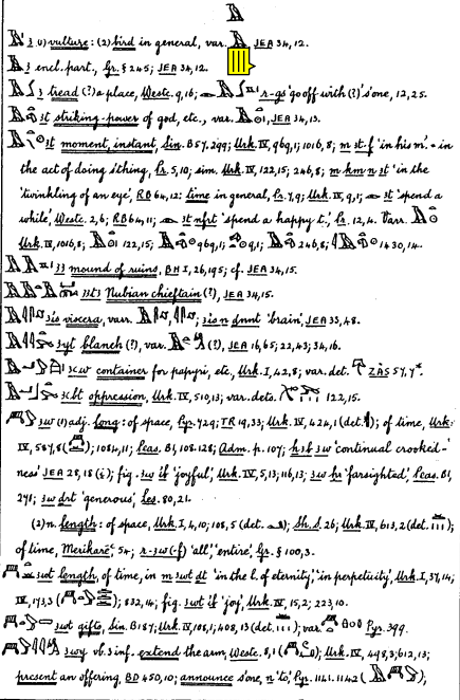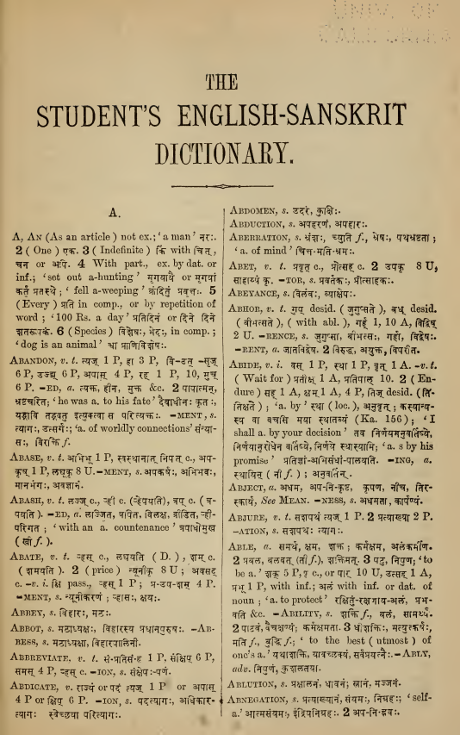Query Expansion Techniques for Information Retrieval: a Survey by Hiteshwar Kumar Azad, Akshay Deepak.
With the ever increasing size of web, relevant information extraction on the Internet with a query formed by a few keywords has become a big challenge. To overcome this, query expansion (QE) plays a crucial role in improving the Internet searches, where the user’s initial query is reformulated to a new query by adding new meaningful terms with similar significance. QE — as part of information retrieval (IR) — has long attracted researchers’ attention. It has also become very influential in the field of personalized social document, Question Answering over Linked Data (QALD), and, Text Retrieval Conference (TREC) and REAL sets. This paper surveys QE techniques in IR from 1960 to 2017 with respect to core techniques, data sources used, weighting and ranking methodologies, user participation and applications (of QE techniques) — bringing out similarities and differences.
Another goodie for the upcoming holiday season. At forty-three (43) pages and needing updating, published in 2017, a real joy for anyone interested in query expansion.
Writing this post I realized that something is missing in discussions of query expansion. It is assumed that end-users are querying the data set and they are called upon to evaluate the results.
What if we change that assumption to an expert user querying the data set and authoring filtered results for end users?
Instead of presenting an end user with a topic map, no matter how clever its merging rules, they are presented with a curated information resource.
Granting that an expert may have been using a topic map to produce the curated information resource but of what concern is that for the end user?




